There can be your advertisement
300x150
How Daily Life Kills Design: 10 Mistakes You Make at Home
A laundry board on display, colorful towels, a treadmill in the room – we explain which other household items and habits are actually incompatible with a designer interior
1. Magnets on the Fridge
Often, when you come to photograph a completed project, you have to clean up the magnets: these small elements create visual clutter in any interior.
How to avoid this? There are several solutions. First, ask the designer to plan a magnetic board and its placement in advance. The second option is to cover part of the wall or the entire surface with special "Magnetic Board" paint. You can then attach magnets to it, and they will become an interesting accent in the interior.
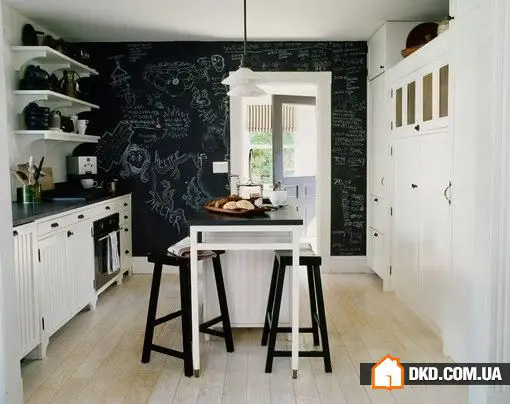
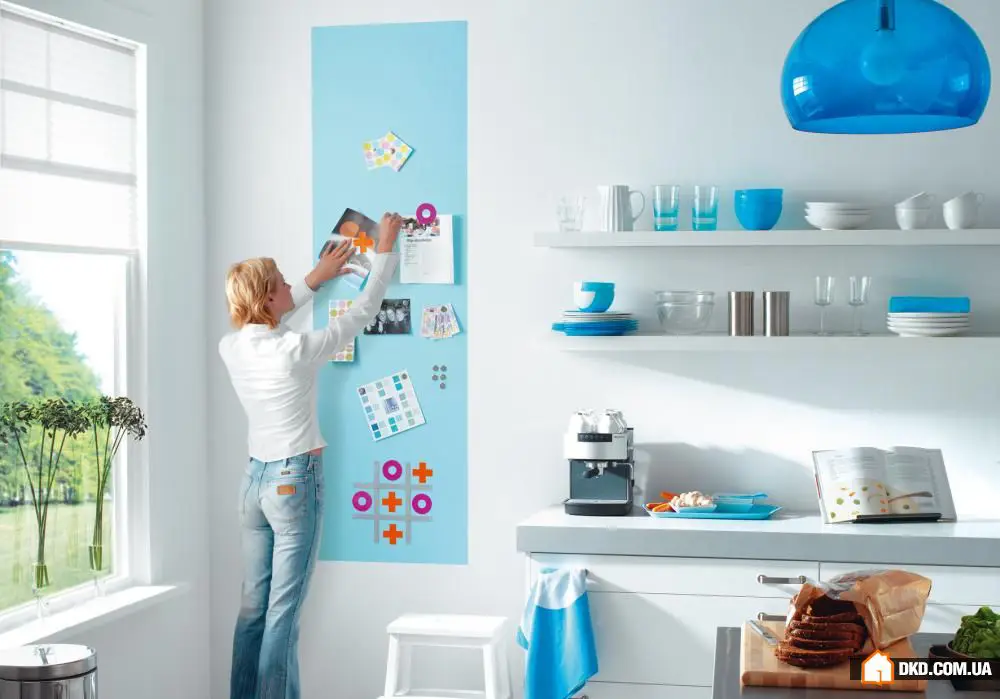
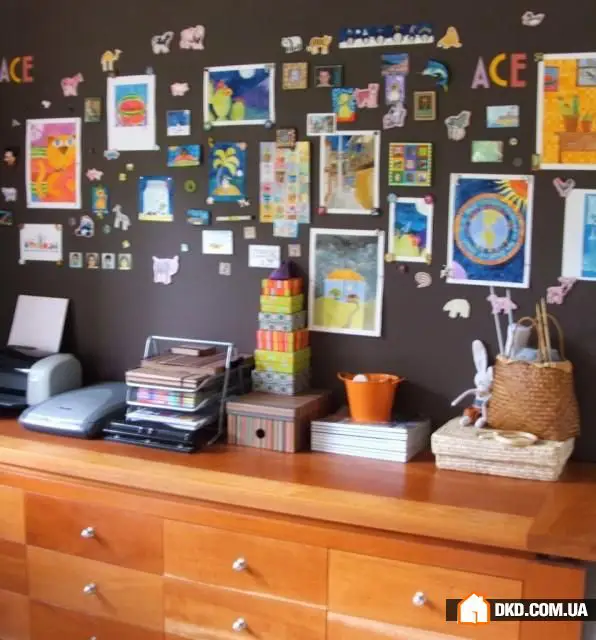
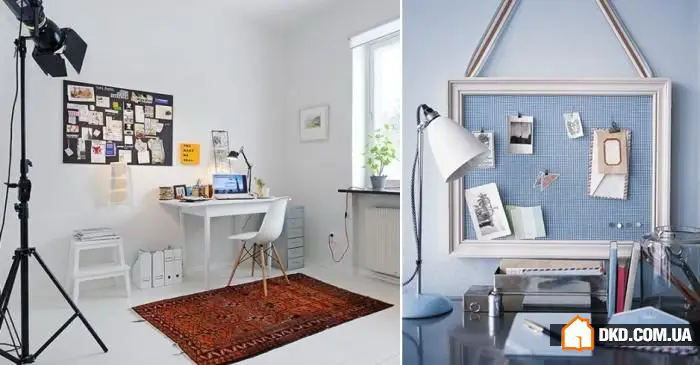
2. Souvenirs from Different Countries
Souvenirs are practically the same as fridge magnets, but here's the problem: they can't be attached to a magnetic board. You need structure. What kind? It's simple. Usually, the country or city from which you bring a souvenir has its symbol. This is often an architectural structure. Buy them in similar sizes, i.e., approximately the same dimensions.
This way, you can organize architectural masterpieces from around the world on shelves and in cabinets rather than scattering them chaotically. You can create a collection that will definitely attract attention.

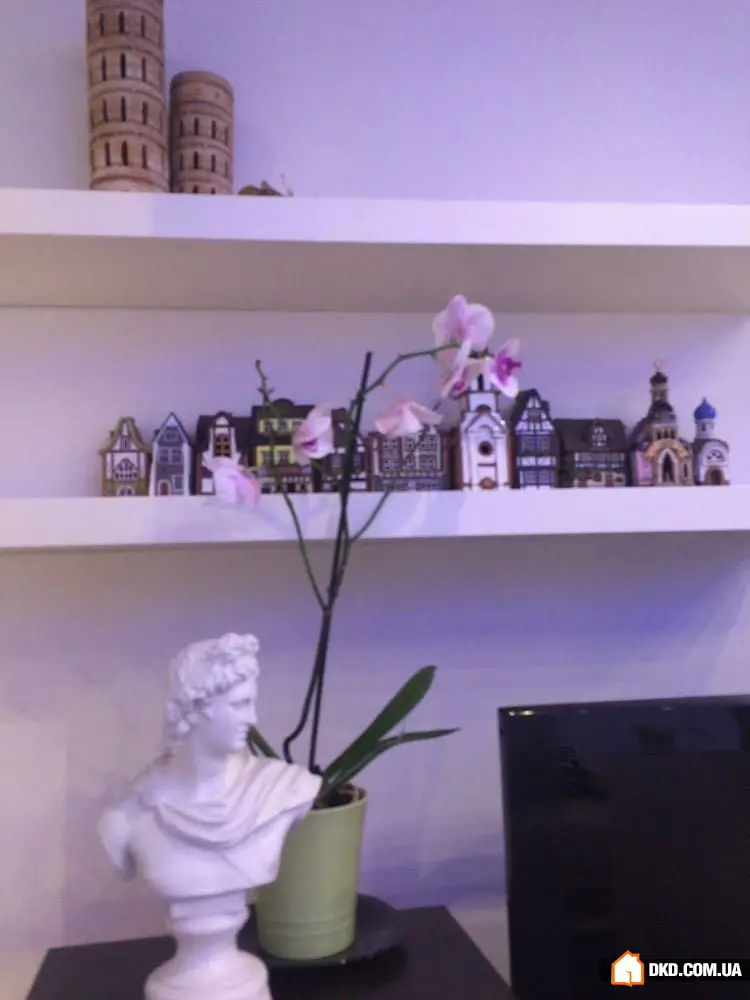
3. Dishwashing Detergents
Cleaning products on display – another issue that almost everyone faces. But what can you do? They really should be within reach. The solution is to transfer all these products into attractive, interior-appropriate dispensers and containers.
If you're still at the happy stage of planning, ask your designer to include built-in storage for cleaning products in the sink so that nothing is visible on the surface.


4. Ironing Board
For some reason, owners often don’t clean up the ironing board. Although they’ve long since come up with ways to permanently install or quickly assemble it, the ironing board is still a storage spot for items.
To avoid this, plan a designated area for ironing in the wardrobe or laundry room in advance. Make it interesting – perhaps place a TV or music center nearby. If such spots don’t exist, you can use design solutions like in the example.
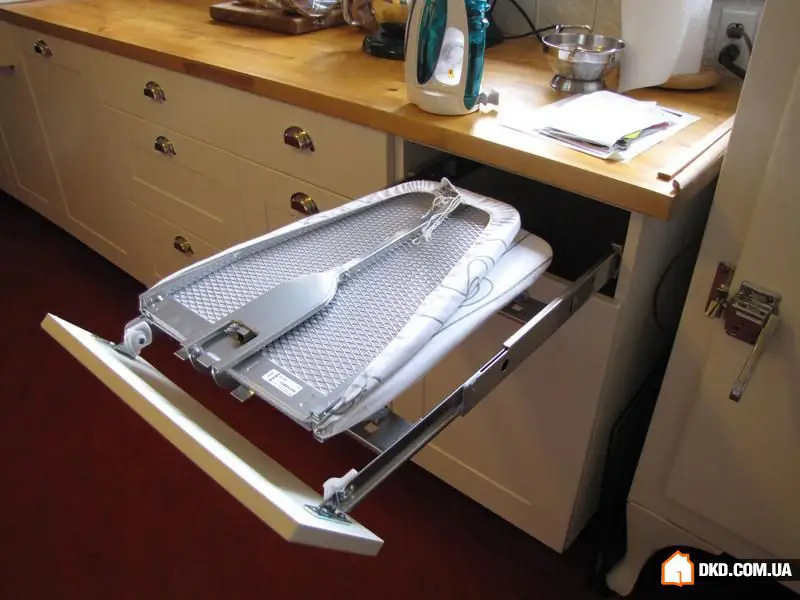
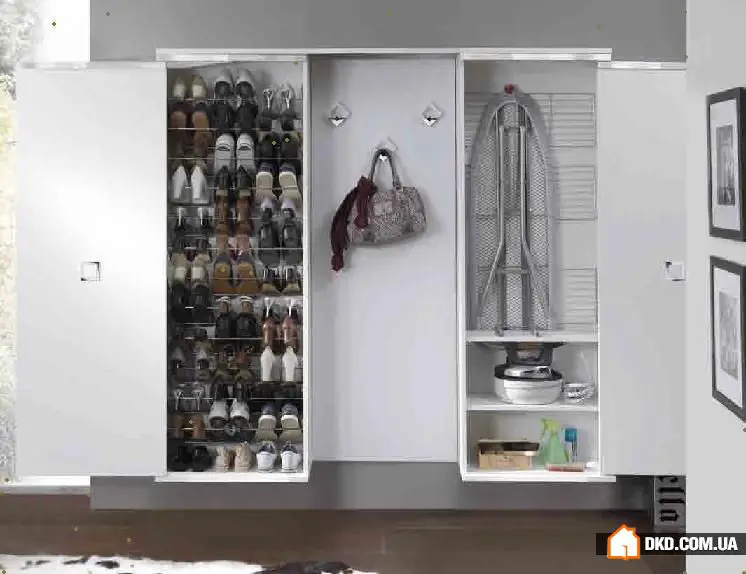
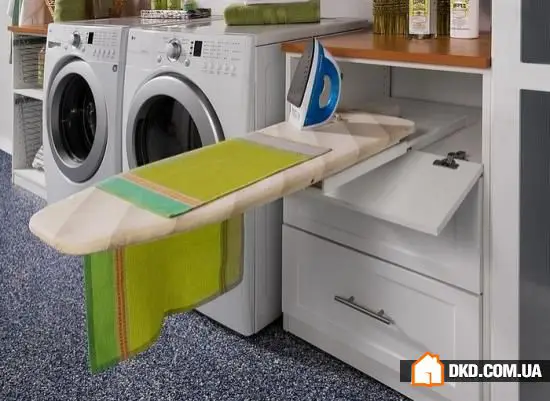
5. Shoes in the Entrance
Often, designers forget to provide enough space for storing shoes. Residents are more concerned with where their coats will hang. But what we end up with is an entrance full of seasonal shoes, which no one pays attention to during the initial design phase.
It’s best to plan separate shoe racks; use functional sideboards or poufs with drawers. Each space will be used. Also, don’t forget to store seasonal shoes.
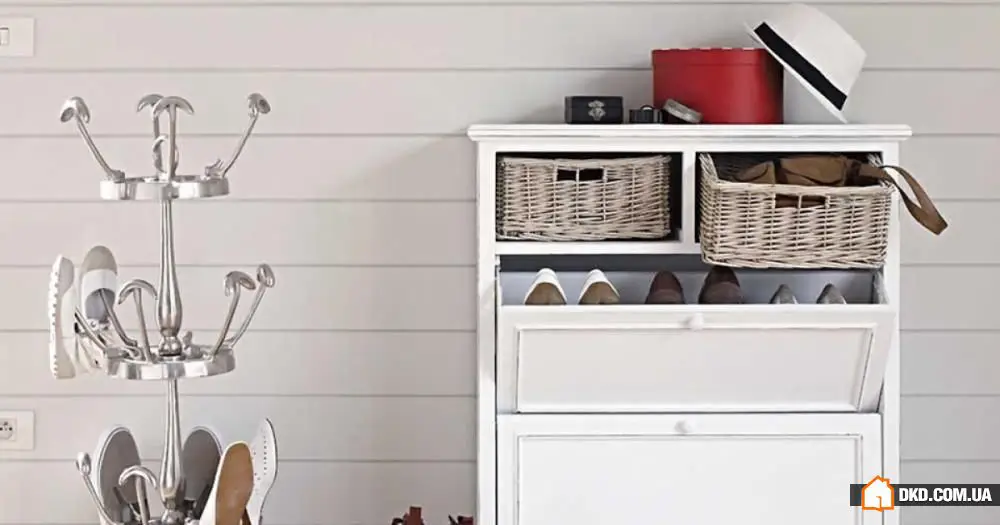
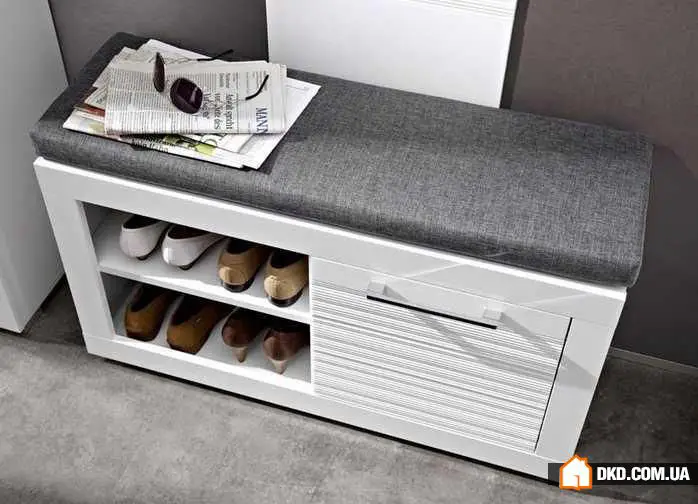
6. Colorful Towels in the Bathroom
When we see the project of our future bathroom, we don’t notice that in the visualizations there won’t be colorful towels like those in our bathrooms. Instead, they will match the interior color or serve as a vibrant accent.
Tips: Gradually replace all towels with monochrome ones. To distinguish whose towel is whose, you can sew the first letter of each person’s name.


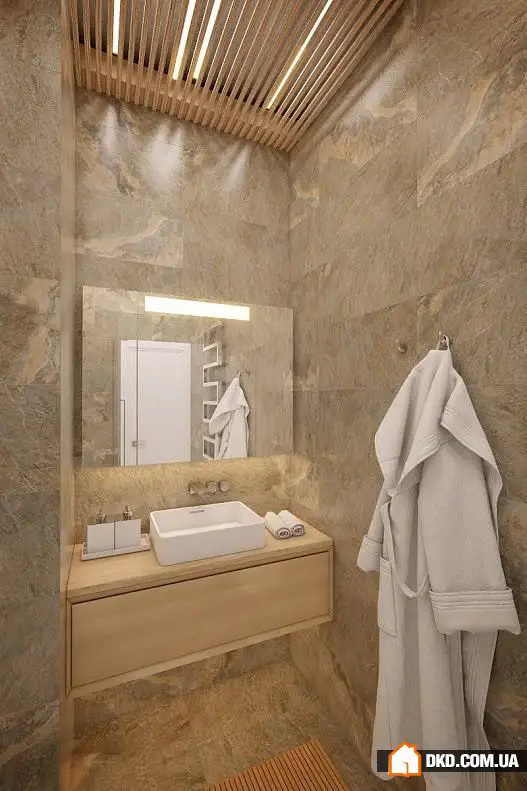
7. Sports Equipment
A treadmill with clothes hanging on it and weights stored in the corner where you exercise a few times a week – a common scene, but not a masterpiece. To correct this mistake, designate a specific area for the equipment and accessories. A good idea is to separate it with a screen or create a mini-gym on the balcony.
Also, consider whether this equipment is really necessary in a small apartment space?

8. Bedding
Imagine a bedroom in pastel tones, and on the bed, under a beige duvet, you see a bright blue quilt with flowers. A total failure!
The solution is almost the same as for towels: choose textiles in advance that match the interior style. Or sew a longer duvet cover and tuck the bed in completely, then throw decorative pillows on top.

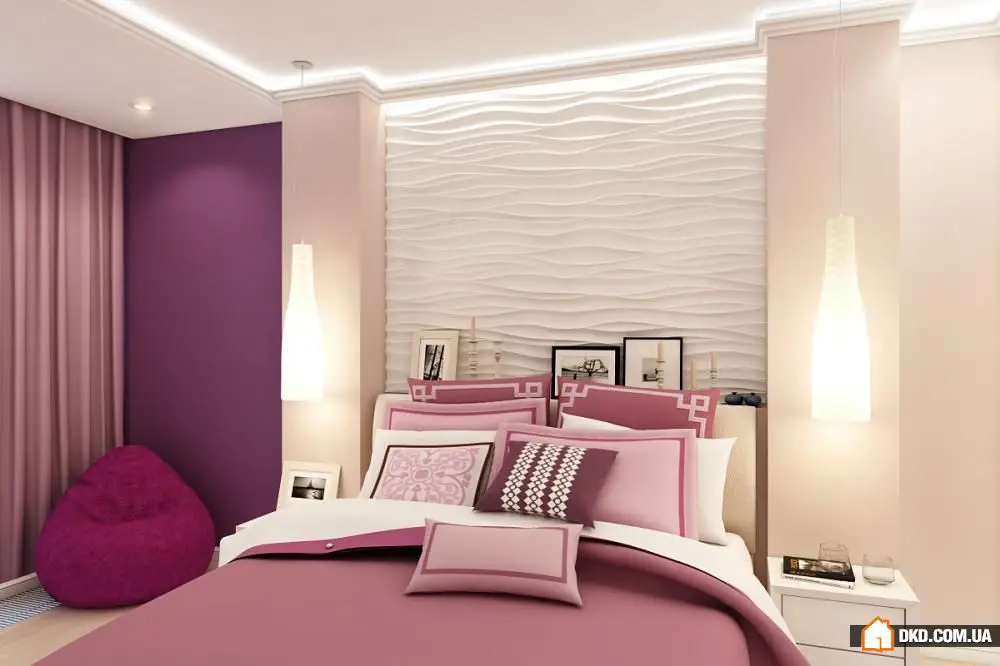
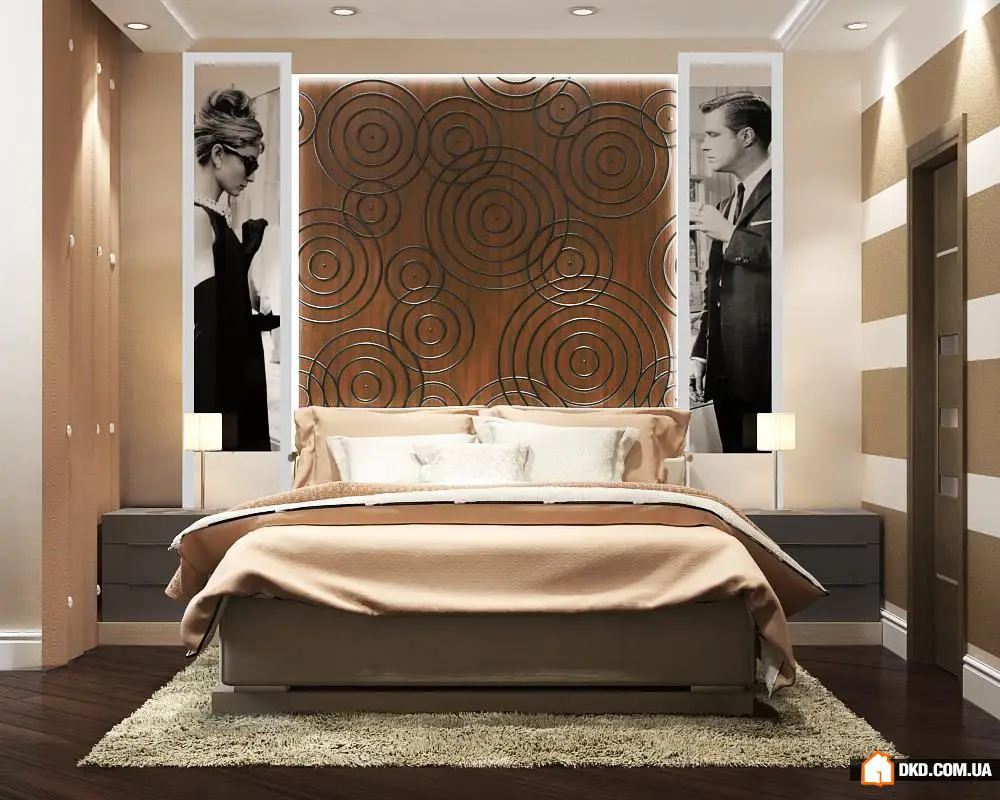
9. Spices, Oil, Towels on the Kitchen Counter
Certainly, such items should be stored in cabinets. But if it's inconvenient, organize them in attractive containers. Don't store spices above the stove. Better yet, provide a separate panel for them in the kitchen.
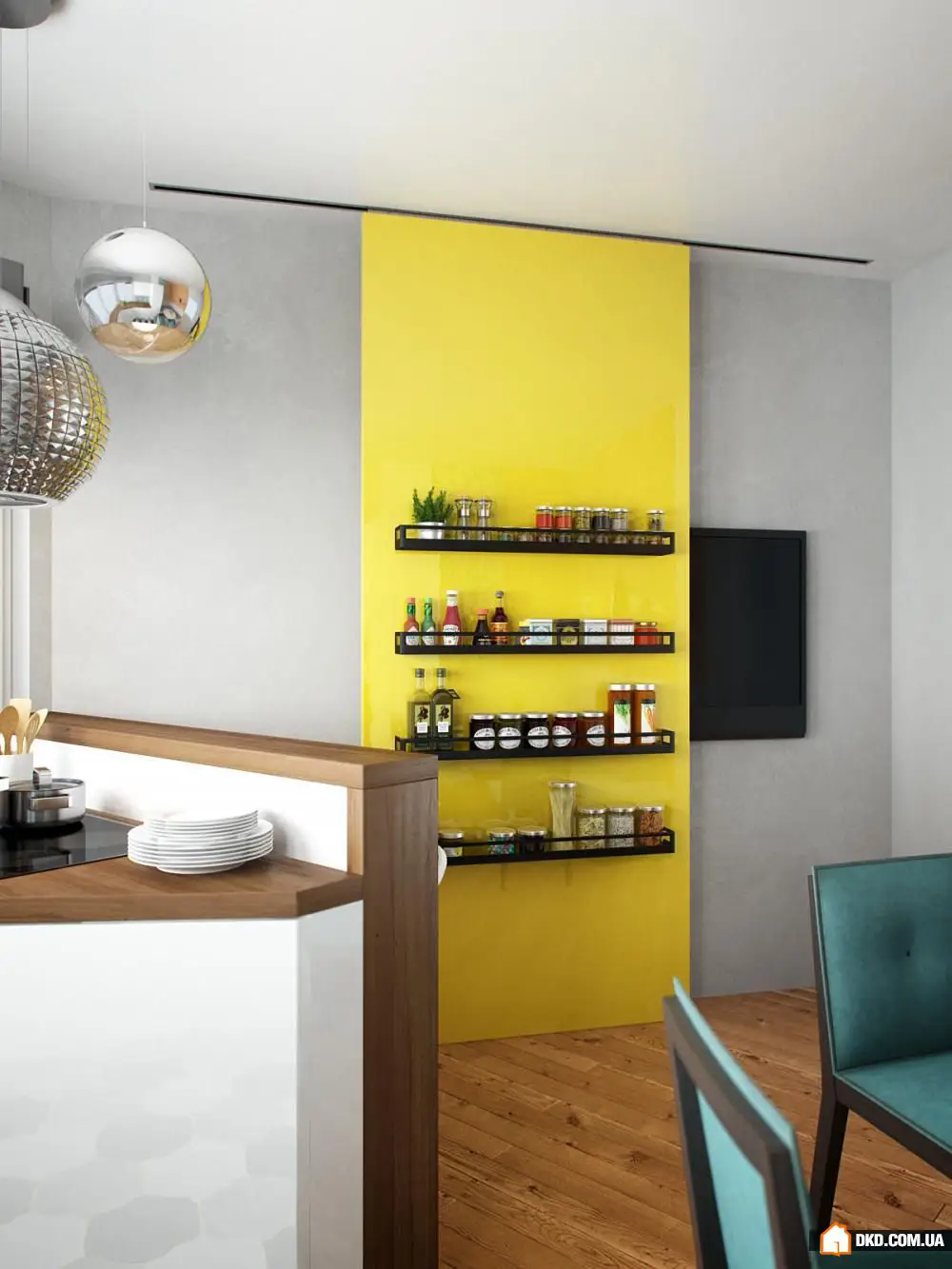
10. Toys and Textbooks Scattered in Children's Rooms
It’s hard to teach a child to keep things tidy, but it's better to start early. To make them want to do it themselves, buy bright boxes or baskets so everything can be put in its place. Teach them to organize things from an early age.


Don’t forget: small items that aren’t organized or systematized create chaos and disorder. From this, the interior loses its unity. Try to be a photographer in your own home – what would you yourself clean up? I think many of these items would be hidden from the camera’s view.
More articles:
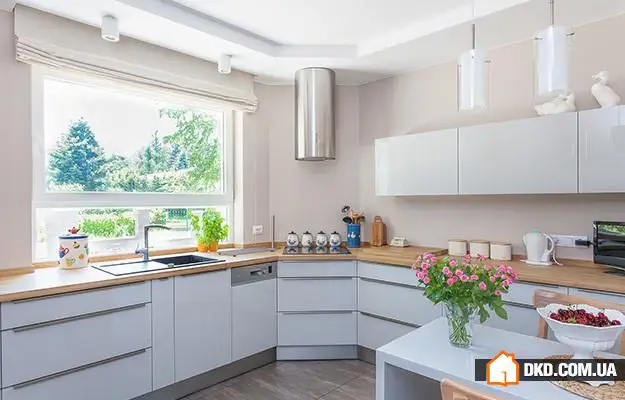 Kitchen Window Sill: 5 Ideas for Its Use
Kitchen Window Sill: 5 Ideas for Its Use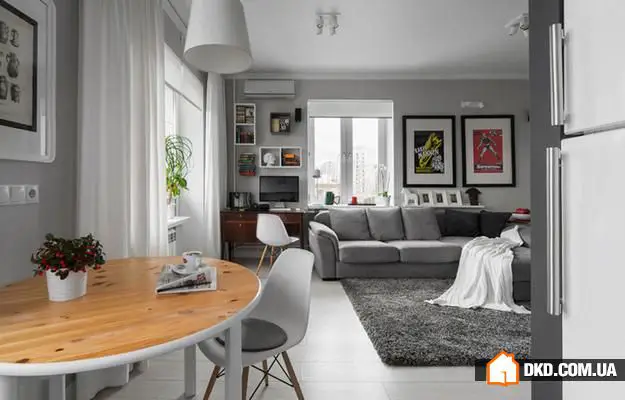 How to Arrange a Studio Apartment: 10 Real Examples
How to Arrange a Studio Apartment: 10 Real Examples How to Improve an Apartment with North-facing Windows: Tips from Professionals
How to Improve an Apartment with North-facing Windows: Tips from Professionals Home Detox: 7 Things That Poison Your Home
Home Detox: 7 Things That Poison Your Home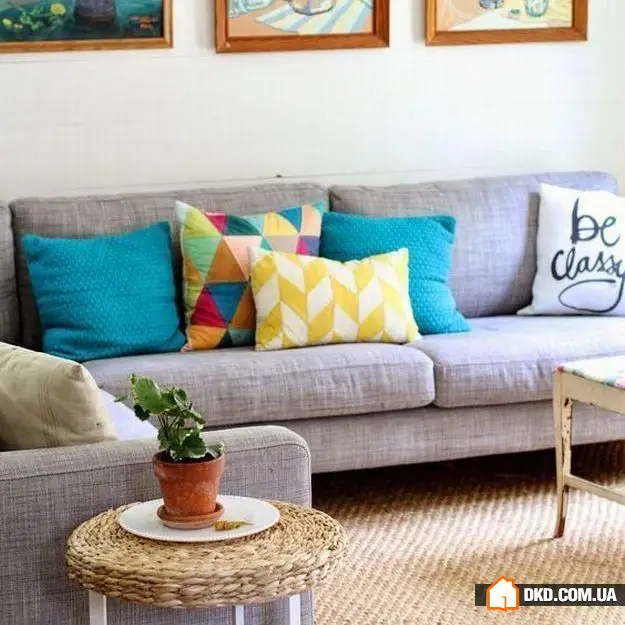 How to Dust Your Interior: 12 Useful Lifehacks
How to Dust Your Interior: 12 Useful Lifehacks How to Arrange a Small Bathroom: 6 Layout Options + Expert Comments
How to Arrange a Small Bathroom: 6 Layout Options + Expert Comments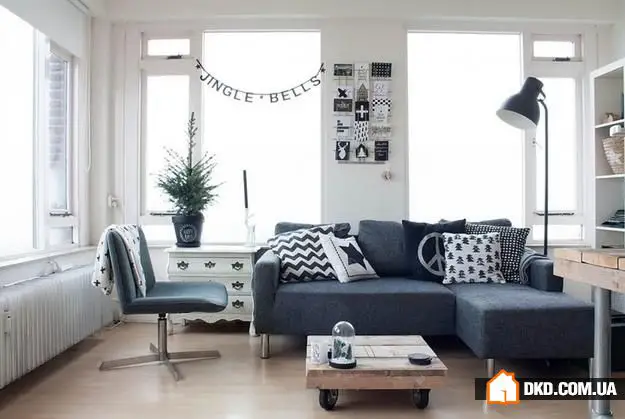 How to Choose the Right Sofa: 8 Important Tips
How to Choose the Right Sofa: 8 Important Tips Where to Install Power Outlets and Switches in the Hallway, Bathroom, and Balcony
Where to Install Power Outlets and Switches in the Hallway, Bathroom, and Balcony